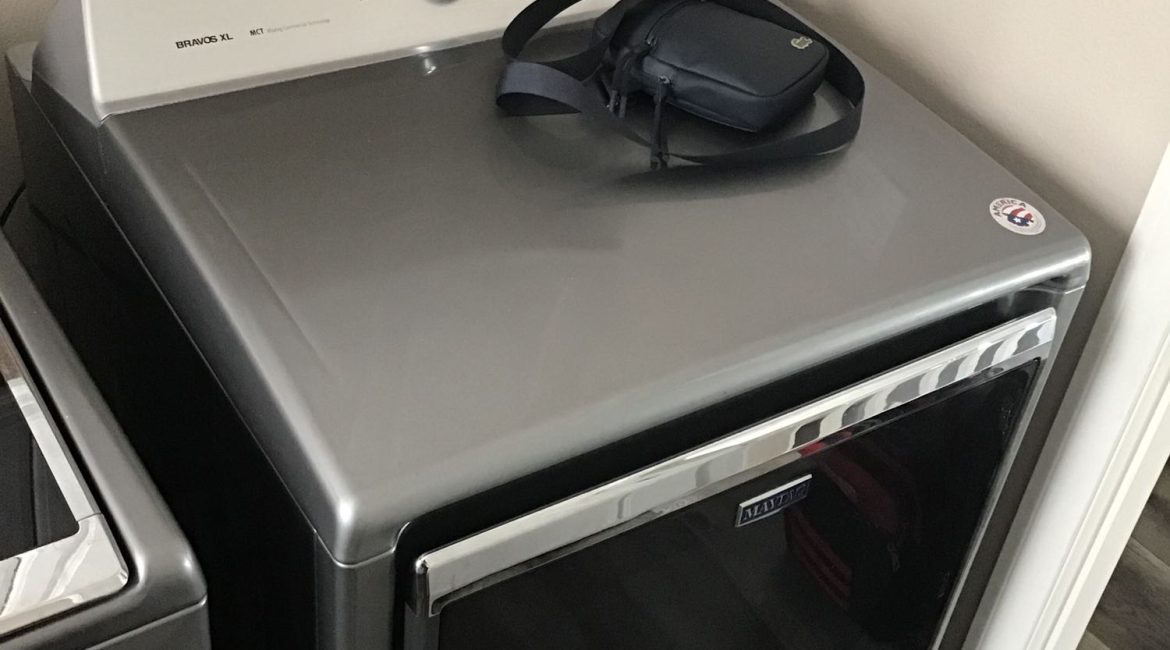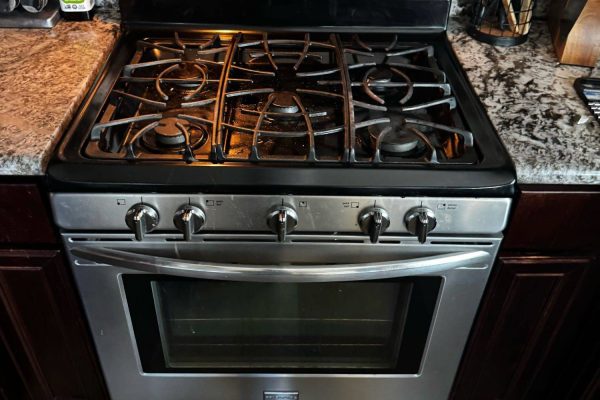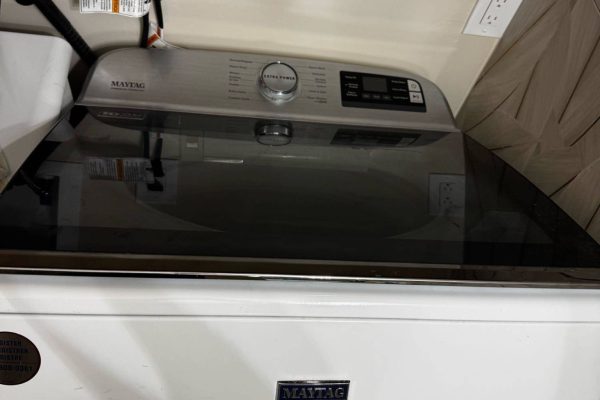It can be frustrating: you load your washing machine, run a full cycle, and yet, when you take your clothes out, they have a lingering musty or sour odor. Many people assume that this is due to detergent residue or poor-quality fabrics, but often the root causes are hidden inside the washing machine itself. Two major culprits stand out: mold buildup and repeated low-temperature washing cycles. Understanding these issues and taking preventive measures can save your laundry from unpleasant odors and keep your washing machine functioning efficiently.
Mold Buildup in Washing Machines
Mold thrives in warm, damp environments—conditions that are common inside washing machines. Front-loading washers, in particular, are prone to mold growth because water can remain trapped in the rubber door seal, detergent drawer, or drum after a wash cycle. Even if your laundry smells fine immediately after washing, mold spores can linger on the fabric, causing a musty smell the next time you wear or store the clothes.
Common signs of mold buildup include:
- A persistent sour or musty odor in the drum, even when the machine is empty.
- Visible black or gray spots around the rubber gasket or detergent drawer.
- Increased skin irritation or allergies after wearing freshly washed clothes.
To combat mold, it’s essential to clean the washing machine regularly. This includes running an empty cycle with hot water and a washing machine cleaner or a mixture of white vinegar and baking soda. Make sure to wipe down the rubber door seal, detergent drawer, and drum thoroughly. Also, leave the washing machine door open after each cycle to allow air circulation and prevent moisture buildup.
Low-Temperature Washing Cycles
Low-temperature washing cycles are energy-efficient and gentle on fabrics, but they may not be sufficient to remove bacteria and odor-causing residues from your clothes. Washing at temperatures below 40°C (104°F) often fails to kill all germs and remove residues from body oils, sweat, and detergents, which can accumulate over time and cause a persistent smell.
If your household frequently uses cold washes, consider:
- Running a hot wash cycle (60°C or 140°F) occasionally to deep-clean fabrics and eliminate bacteria.
- Using detergents formulated for low-temperature washes, which contain enzymes designed to break down oils and residues even in cold water.
- Avoiding overloading the machine, as tightly packed laundry prevents proper water and detergent circulation, reducing cleaning effectiveness.
Other Contributing Factors
Beyond mold and low-temperature washes, other factors can contribute to bad-smelling laundry:
- Detergent buildup: Excess detergent, especially in soft water areas, can leave a sticky residue on clothes that traps odors.
- Hard water: Minerals in hard water reduce the effectiveness of detergent, leaving clothes less clean and more prone to smells.
- Short drying times: Clothes that remain damp for long periods after washing create an ideal environment for mildew.
Prevention and Maintenance Tips
Preventing bad odors requires a combination of proper washing practices and regular appliance maintenance:
- Use the right amount of detergent: Too much detergent leaves residue; too little reduces cleaning power. Follow manufacturer instructions.
- Clean the machine regularly: Run monthly maintenance washes with high-temperature settings. Wipe down seals, dispensers, and the drum.
- Avoid leaving wet laundry in the machine: Remove clothes immediately after the cycle ends to prevent bacteria and mold growth.
- Dry clothes thoroughly: Whether air-drying or using a dryer, ensure clothes are completely dry before storing.
- Check water supply and hoses: A buildup of bacteria or mold in supply lines can contribute to laundry odors. Replace old hoses as needed.
When Professional Help is Needed
Sometimes, bad odors persist despite following all preventive measures. This may indicate deeper issues, such as hidden mold in internal components, drainage problems, or malfunctioning sensors that affect water temperature. Attempting to repair these problems without proper expertise can be risky and may damage your appliance.
For persistent issues, it’s best to contact a professional service center. The experts at Poway Appliance Repair Service Center specialize in thorough cleaning, diagnosing mold or bacterial growth, and fixing technical problems that standard maintenance can’t resolve. Their trained technicians ensure that your washing machine operates efficiently, extending its lifespan and keeping your clothes fresh and clean.
Bad odors in freshly washed clothes are more than just a nuisance—they indicate underlying problems in your washing machine that can affect hygiene and fabric quality. By understanding the roles of mold buildup and low-temperature cycles, taking preventive actions, and seeking professional help when needed, you can enjoy fresh-smelling laundry every time. Don’t ignore lingering odors; addressing them promptly will improve the longevity of your washing machine and the quality of your clothes.
Contact Poway Appliance Repair Service Center today to schedule an inspection or service and restore your laundry to its best condition.
Contact us


